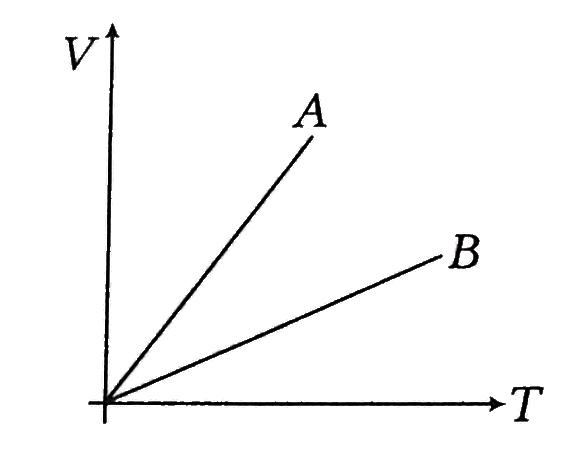√v versus Z graph for dcharacteristic X-rays is as shown in figure. Mathc the following 

The correct Answer is:A, B, C, D
Step by step video, text & image solution for sqrt(v) versus Z graph for dcharacteristic X-rays is as shown in figure. Mathc the following by Physics experts to help you in doubts & scoring excellent marks in Class 12 exams.
Updated on:21/07/2023Topper's Solved these Questions
- MODERN PHYSICSBOOK - DC PANDEYCHAPTER - MODERN PHYSICSEXERCISE - Integer Type Questions
17 Videos
- MODERN PHYSICSBOOK - DC PANDEYCHAPTER - MODERN PHYSICSEXERCISE - for JEE Advanced (More than One Options is Correct )
1 Videos
- MAGNETISM AND MATTERBOOK - DC PANDEYCHAPTER - MAGNETISM AND MATTEREXERCISE - Medical gallery
1 Videos
- MODERN PHYSICS - 1BOOK - DC PANDEYCHAPTER - MODERN PHYSICS - 1EXERCISE - Level 2 Subjective
23 Videos
Similar Questions
Knowledge Check
The displacement versus time graph for a body moving in a straight line is shown in figure. Which of the following regions represents the motion when no force is acting on the body
 AabBbcCcdDde
AabBbcCcdDdePressure versus density graph of an ideal gas is shown in figure
 Aduring the process AB work done by the gas is positiveBduring the process AB work done by the gas is negativeCduring the process BC internal energy of the gas is increasingDNone of the above
Aduring the process AB work done by the gas is positiveBduring the process AB work done by the gas is negativeCduring the process BC internal energy of the gas is increasingDNone of the abovev - t graph for rectilinear motion is given as shown in the figure. Match the column on the basis of the v-t graph.

 Ap−d,q−b,c,r−d,s−aBp−a,q−c,d,r−b,s−aCp−b,q−b,c,r−b,s−aDNone of these
Ap−d,q−b,c,r−d,s−aBp−a,q−c,d,r−b,s−aCp−b,q−b,c,r−b,s−aDNone of these
In the V-T graph shown in figure match the following.

View SolutionIn the V-T graph shown in the figure match the following columns.


View SolutionAcceleration versus x and potential energy versus x graph of a particle moving along x-axis is as shown in figure. Mass of the particle is 1 kg and velocity at x = 0 is 4m/s. Match the following at x = 8 m.

View SolutionThe velocity versus time graph of two particles moving along x-axis varies are shown in the following two plots. Then

View SolutionMoseley's law for characteristic X-rays is √v=a(Z−b). In this,
View Solution



_E01_127_Q01.png)